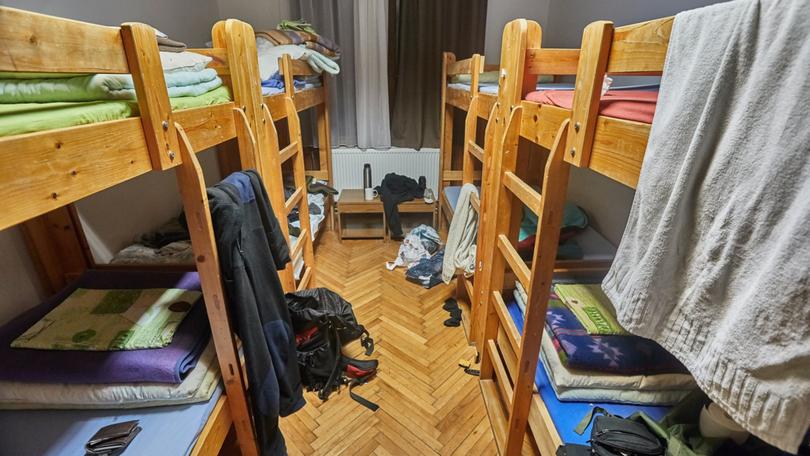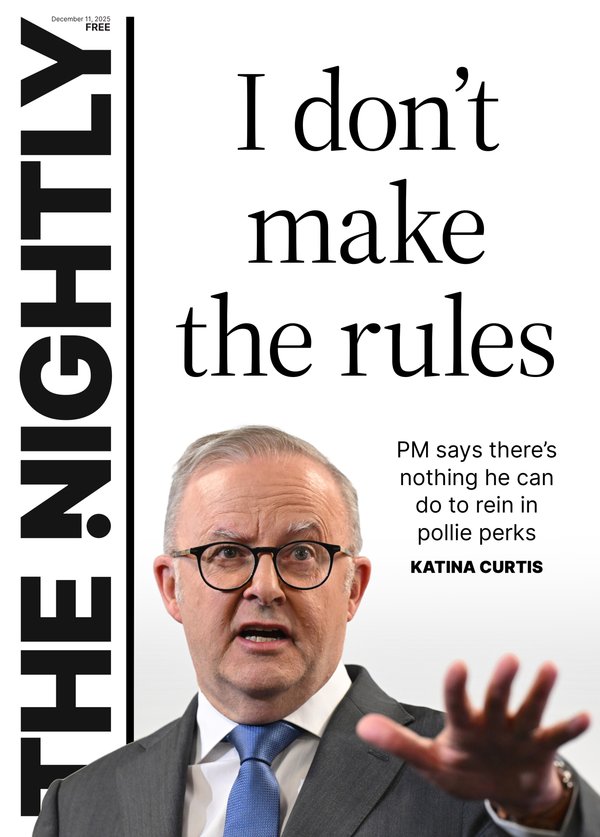20 people in a two-bedroom apartment: The growing health and safety risks of ‘hot bedding’

Rental costs have hit record highs across Australia – in Sydney, for example, tiny two-bedroom apartments can fetch weekly rents well beyond $700.
The housing crisis is forcing some people into an impossible choice: homelessness or sharing not just an apartment but a bedroom with strangers.
“Hot bedding” – sharing the same beds in overcrowded rooms – has become a common reality for some tenants.
Sign up to The Nightly's newsletters.
Get the first look at the digital newspaper, curated daily stories and breaking headlines delivered to your inbox.
By continuing you agree to our Terms and Privacy Policy.For marginalised populations, these housing arrangements become a survival strategy.
People living in severe overcrowding are considered to be a homeless group in Australia.
But what happens when shared housing, marketed as an affordable solution, fails to meet tenants’ basic needs and creates serious health and safety risks?
The realities for vulnerable renters
My recently published work reveals the hidden realities of people sharing rooms in Sydney.
Through a survey of 103 tenants and in-depth interviews with 35 of those, I discovered concerning patterns of overcrowding, poor housing conditions and health and safety risks.
In some cases, up to 20 people lived in two-bedroom apartments. Around 28 per cent of tenants were sharing a bedroom with two or more people and 66 per cent shared a toilet/bathroom with more than two people.
Living rooms were also partitioned (18 per cent) for additional sleeping spaces.
One international student explained: “It felt asphyxiating, lonely and overcrowded at the same time. After dividing the rooms, there remained very little space for us to move or cook.“
Health and safety risks
Health and safety risks are serious concerns. Tenants faced life-threatening fire risks when “head tenants” deliberately removed smoke alarms to avoid penalties for false alarms triggered by cooking.
There are different types of head tenants: tenants who share costs through subletting, and people leasing properties solely to profit from overcrowded subletting.
One tenant explained, ahead of an inspection, their head tenant removed unsafe modifications made to the dwelling, while tenants were forced to leave during inspections to hide the true extent of overcrowding from authorities.
“He had all these curtains on the bunk beds, so he removed the curtains (during the inspection) … because (they were) obstructing water sprinklers that were for safety issues.“
Tenants told me poor ventilation, mould and overcrowding led to respiratory issues, depression and headaches.
Hygiene was also a major concern: bed bugs, cockroaches and bathroom drainage issues all impacted tenants’ mental and physical health.
Poor sleep was common too, as bedroom sharers navigated different schedules and disruptive sounds. Emotional distress also built up from constant negotiation and conflicts over space and resources.
“The thing is … he coughs throughout the night very loud, and with that kind of coughing I cannot sleep … when I go to work, I was very tired.”
‘I know it’s illegal, but…’
Beyond the physical constraints of overcrowding, tenants faced restrictions from live-in head tenants or landlords that affected their daily routines and autonomy.
Cooking large meals was entirely prohibited for some tenants, while many were not allowed to use heaters or air conditioners, even during extreme weather.
”Like, you’re not allowed to use the living room, you’re not allowed to talk loudly or laugh … he mentions the time that you take in the shower, and that’s kind of awkward.”
The problems go beyond inconvenience and discomfort of home: tenants reported deeply concerning patterns of exploitation and vulnerability.
Nearly half the tenants interviewed had no written lease and paid rent in cash – leaving them exposed to sudden eviction and financial exploitation. Some landlords did not return bond deposits.
“Some landlords just say ‘I’m increasing your rent next week’ … I know it’s illegal but you want to keep the relationship with the landlord because if he’s going to kick me out I just need to find another property and I may not be able to find it in such a short time.”
Most alarming is how these tenants rarely seek help from tenancy and advocacy services, even in serious cases when they experienced exploitation and evictions.
A tenant alleged sexual assault by housemates, followed by bullying and forfeit of her bond deposit from the live-in head tenant.
When she finally sought justice through official channels, she endured a five-year tribunal battle just to reclaim the bond because she had no written lease to prove her tenancy.
A problem that must be solved
Sydney’s housing crisis is evolving into a hidden health crisis and as rents soar, some residents face an impossible choice: unaffordable housing or unsafe living conditions.
These housing conditions extend beyond Sydney and escalated during and after COVID and the cost-of-living crisis.
Precarious housing conditions are not just about comfort – they are key social and built environment factors that directly impact health outcomes, daily routines and economic productivity.
- Extended rental assistance programs
- Purpose-designed co-living models with better amenities
- Dedicated dispute resolution services for shared housing tenants
- Affordable and safe housing alternatives
- A careful approach for regulatory enforcement – a flawed response can result in increased homelessness.
Zahra Nasreen, Postdoc Housing Researcher, the University of Sydney, Macquarie University
This article is republished from The Conversation under a Creative Commons license. Read the original article.
